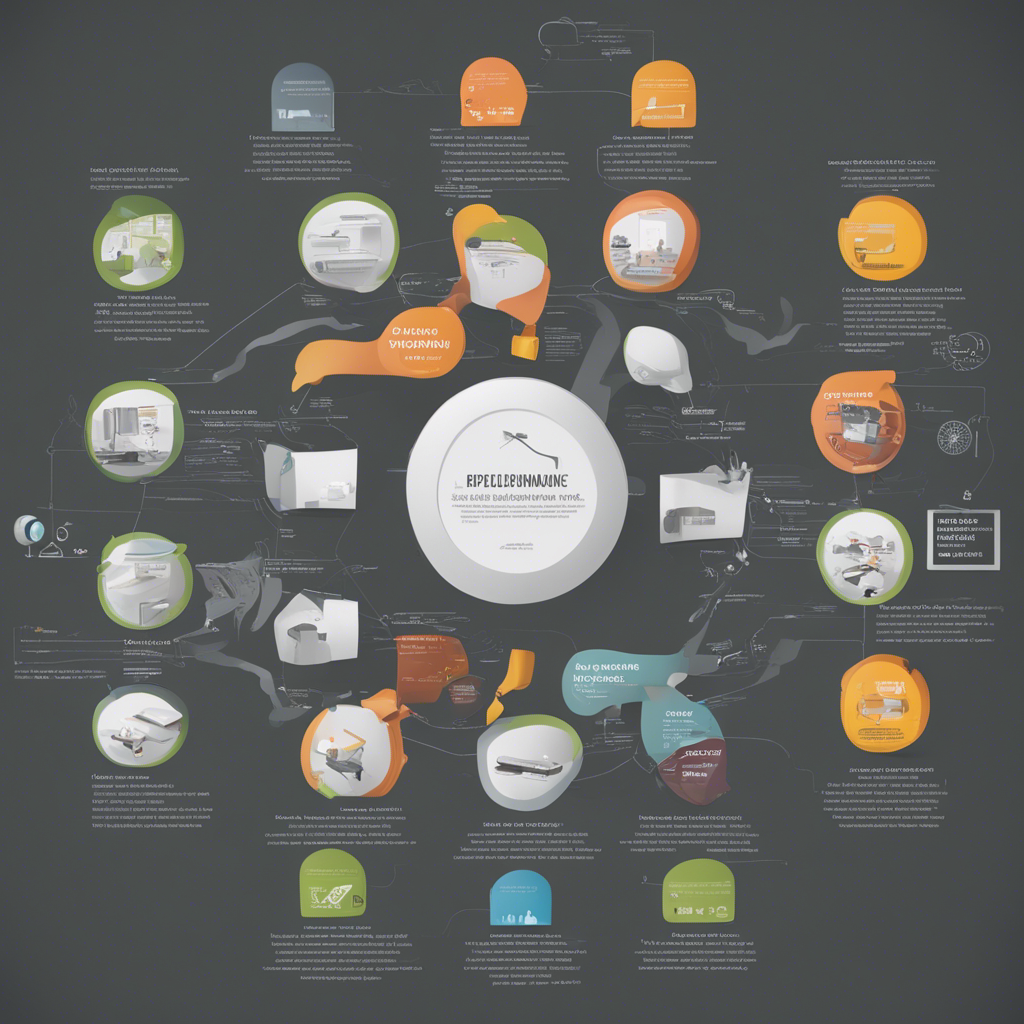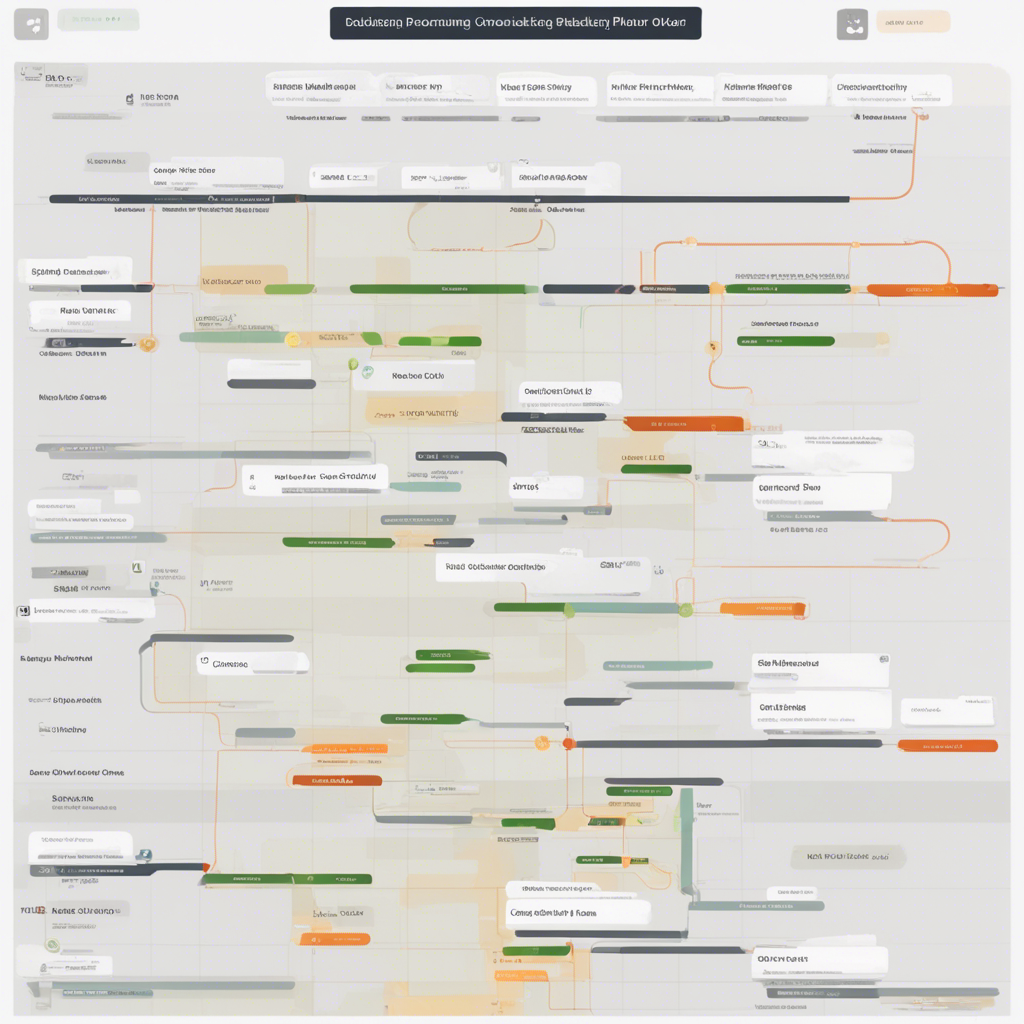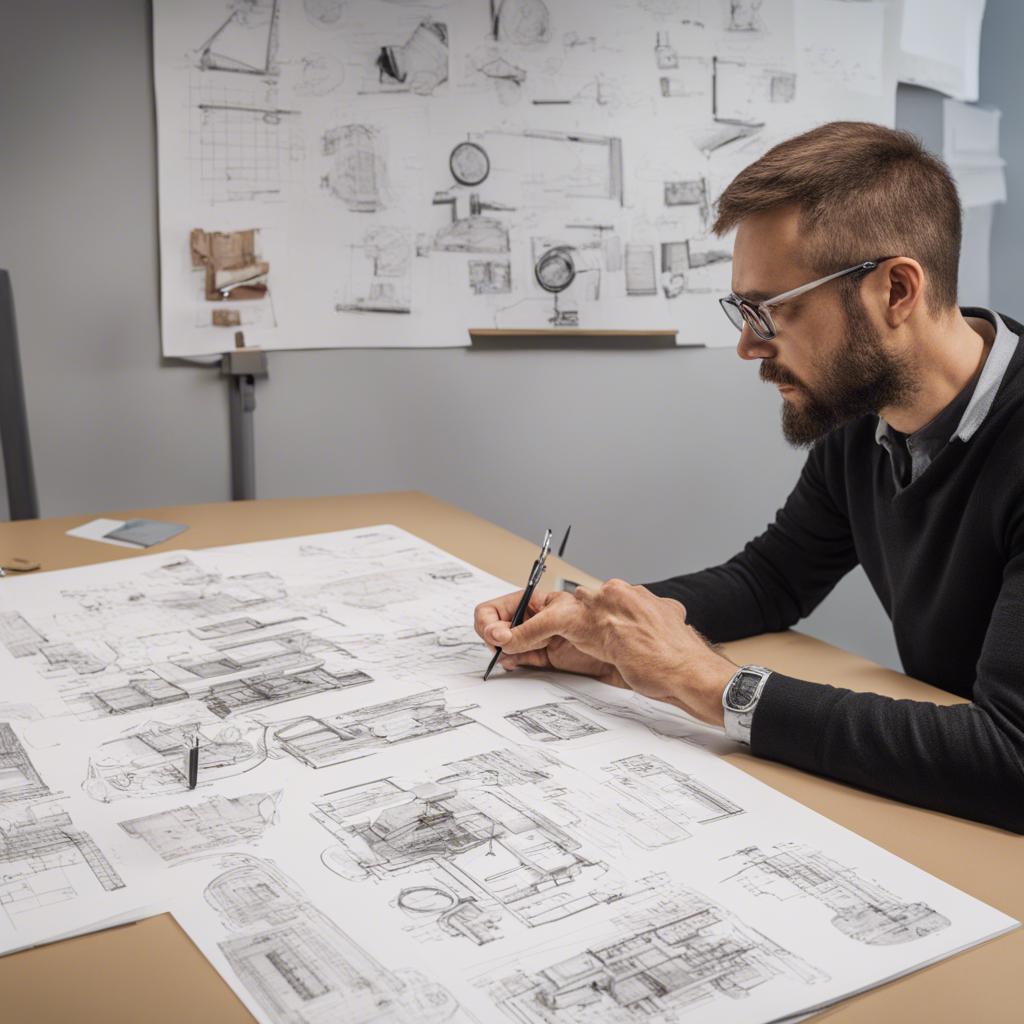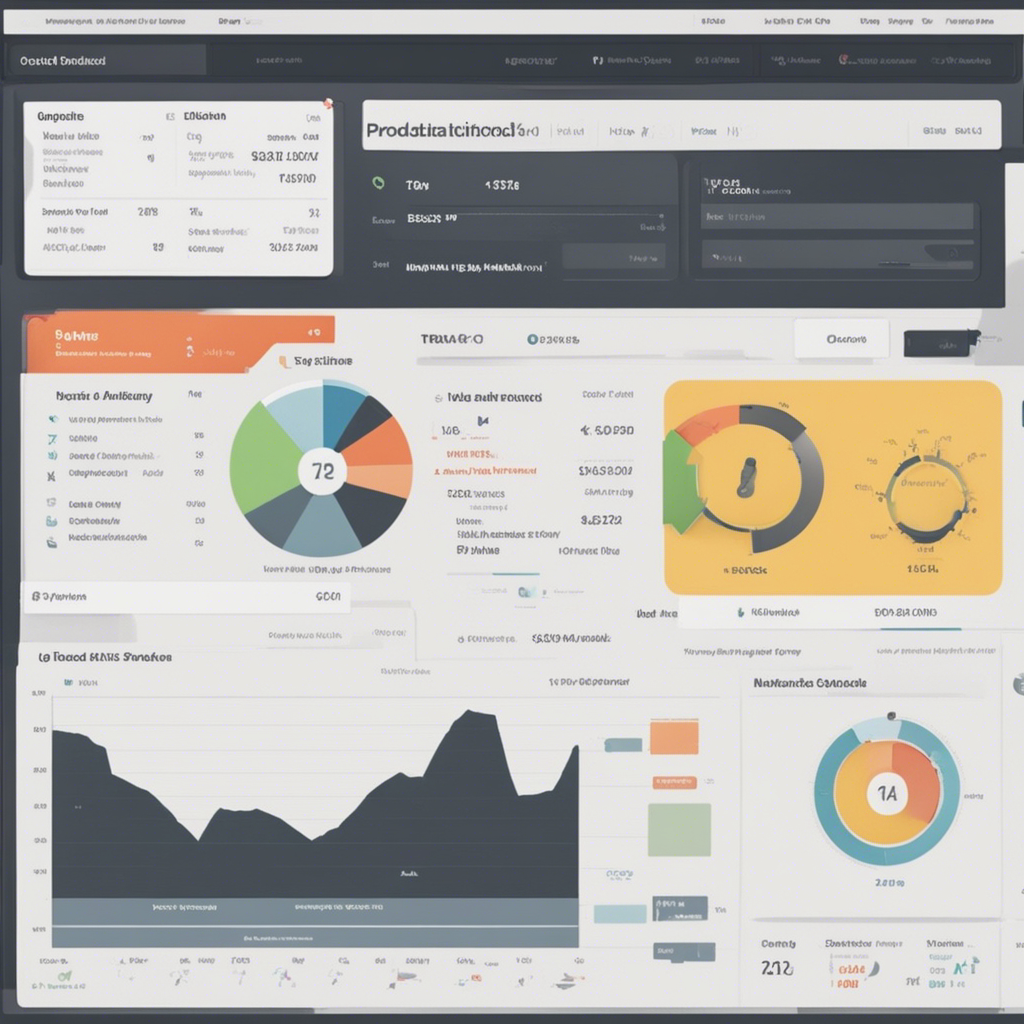
The Product Development Process Simplified
Introduction
Developing a new product can be a complex and daunting task. From ideation to market launch, there are numerous stages and processes involved. However, by breaking down the product development process into smaller steps, it becomes more manageable and efficient. In this blog post, we will simplify the product development process, providing a comprehensive guide for entrepreneurs and businesses alike.
1. Ideation
The first step in the product development process is ideation. This involves brainstorming and generating a wide range of ideas for potential products. It is essential to gather a diverse team with varied perspectives to spur creativity. During this stage, no idea should be discarded, as even seemingly unfeasible concepts could lead to unique solutions.
The ideation process should incorporate customer insights, market research, and trends analysis. Identifying unmet customer needs and pain points will help guide the product development journey in the right direction.
2. Concept Development
Once a robust set of ideas has been generated, the concept development stage begins. The goal is to refine and evaluate the ideas for feasibility, desirability, and viability. This involves narrowing down the options and focusing on ideas that align with the overall business strategy and market demand.
During this stage, it is important to create detailed product concepts, including specifications, features, and potential benefits. This will provide a clear roadmap for the rest of the development process.
3. Market Research
Before investing substantial resources in product development, it is crucial to conduct thorough market research. This step entails analyzing the target market, customer demographics, competitors, and industry trends. By understanding the market landscape, businesses can ensure that their product will meet customer needs and differentiate from existing offerings.
Market research also helps in identifying potential barriers to entry, potential pricing strategies, distribution channels, and marketing opportunities.
4. Design and Prototyping
Once the concept has been validated through market research, the design and prototyping phase commences. Designers use the product specifications and concepts developed in previous stages to create visual representations and functional prototypes.
Utilizing computer-aided design (CAD) software and rapid prototyping technologies, designers can iterate on the product’s design, improving it according to feedback and requirements. The prototyping phase allows businesses to test the product’s functionality, aesthetics, and usability before investing in large-scale production.
5. Engineering and Manufacturing
Once the design and prototyping phase is complete, the focus shifts towards engineering the product and preparing it for manufacturing. This stage involves finalizing the product design, selecting materials, and developing a detailed manufacturing plan.
Collaboration between engineers, designers, and manufacturers is crucial to ensure seamless production. Attention to manufacturing details, quality control processes, and cost optimization are paramount during this phase.
6. Testing and Quality Assurance
Before bringing the product to market, thorough testing and quality assurance measures must be conducted. This stage involves rigorous testing to ensure the product meets all performance, safety, and regulatory standards.
Various testing methods, such as stress testing, durability testing, and user acceptance testing, should be employed to identify any potential issues or improvements needed.
7. Marketing and Launch
The final stages of the product development process involve creating marketing strategies and launching the product. A comprehensive marketing plan should be developed, encompassing pricing, distribution, promotion, and positioning strategies.
Launching the product involves creating a buzz through media relations, influencer marketing, and digital advertising. Additionally, businesses should secure distribution channels that reach the target market effectively.
Conclusion
The product development process may seem complex, but by breaking it down into smaller stages, businesses can simplify and streamline the journey. From ideation to market launch, each step requires careful consideration and collaboration across various teams.
By incorporating customer insights, conducting thorough market research, and prioritizing quality during testing and manufacturing, businesses can improve their chances of creating successful products. Remember, product development is an iterative process, so it’s essential to gather feedback and continuously improve throughout each stage.
Now armed with a simplified understanding of the product development process, entrepreneurs and businesses can confidently embark on their next innovation journey.
References:
-
Smith, J. (2021). The Essential Guide to Product Development. Publisher.
-
Keller, M. (2020). A Systematic Approach to Product Development. Journal of Business Innovation, 25(2), 45-58.
-
Johnson, L. (2019). The Importance of Market Research in Product Development. Marketing Insights Quarterly, 12(3), 78-91.






